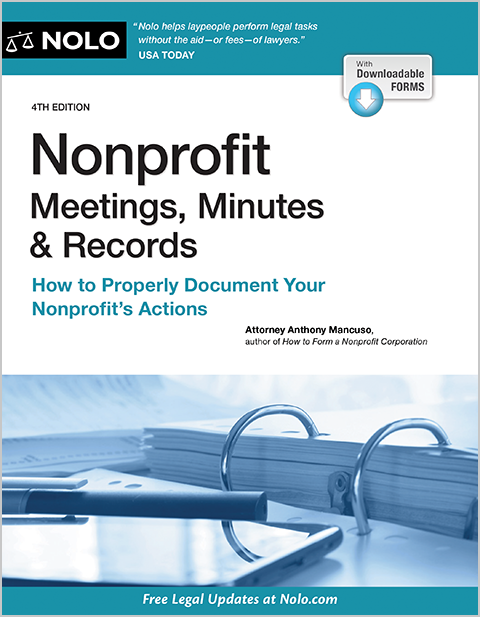Nonprofit Company: Equipping Organizations to Drive Social Modification
Nonprofit Company: Equipping Organizations to Drive Social Modification
Blog Article
Understanding the Crucial Role and Effect of a Nonprofit Firm in Neighborhood Growth and Assistance Services
Not-for-profit firms act as crucial catalysts for community growth and support services, dealing with the diverse demands of marginalized populations. By mobilizing resources and promoting collaborations with city governments, they not only advocate for equitable accessibility to crucial services but additionally recognize crucial gaps in support. nonprofit agency. Their campaigns, varying from food support to housing assistance, highlight their dedication to social equity. Nevertheless, the landscape of nonprofit work is laden with obstacles and possibilities that can substantially affect their efficiency. Recognizing these dynamics is essential to appreciating their complete influence on neighborhood durability and sustainability.
Interpretation of Nonprofit Agencies
Nonprofit agencies are commonly defined as companies that operate primarily for objectives aside from producing profit for owners or investors. These entities focus on resolving social, cultural, ecological, or area needs, and they reinvest any type of surplus profits back right into their mission-driven activities. Nonprofits might take different kinds, including charitable companies, foundations, campaigning for teams, and social business, each with distinct frameworks and operational structures.
The guiding concept of a nonprofit firm is its commitment to offering the public rate of interest. This commitment often materializes in a wide series of solutions, from education and medical care to housing and ecological conservation. Nonprofits commonly rely upon diverse financing sources, including donations, grants, and membership charges, to sustain their efforts.
In order to preserve openness and accountability, nonprofit firms are needed to abide by specific policies and reporting criteria. This oversight is vital for constructing trust fund with stakeholders, including donors, volunteers, and the neighborhoods they offer. By prioritizing social effect over economic gain, not-for-profit agencies play a crucial duty in promoting community development and dealing with pressing social challenges, consequently adding considerably to the overall wellness of society.
Secret Functions in Neighborhood Growth
Area development grows on the energetic involvement of different organizations, with nonprofit firms playing an essential function in cultivating sustainable growth and enhancement. These agencies function as essential facilitators, linking gaps in between neighborhood needs and readily available sources. One of their vital functions is to identify and evaluate neighborhood demands with neighborhood involvement, making sure that advancement efforts are appropriate and tailored to the certain context.

Advocacy is one more crucial feature of nonprofits, as they stand for the passions of the community in plan discussions, promoting fair accessibility to services and sources. By increasing awareness on vital concerns, they add to notified decision-making at numerous degrees. Ultimately, the diverse roles of nonprofit companies in area growth not only promote immediate enhancements yet also lay the foundation for long-term sustainability and durability within communities.

Influence On At Risk Populaces
How do nonprofit companies particularly deal with the needs of susceptible populations within community development efforts? Nonprofit firms play a vital function in determining and attending to the special obstacles faced by marginalized groups, consisting of low-income family members, the elderly, and people with impairments. By tailoring their programs and solutions, these companies can give vital support that cultivates durability and self-sufficiency.
As an example, many nonprofits use accessibility to food help programs, housing assistance, and medical care services that directly minimize the problems dealt with by prone populations. In addition, they commonly offer as advocates, amplifying the voices of those that may or else go unheard in policy discussions. Through neighborhood outreach and education, nonprofits equip people with the knowledge and resources needed to browse complex systems and safeguard their rights.
Additionally, nonprofits take part in capacity-building efforts that boost the abilities and chances of at risk people, thereby promoting social equity. Their commitment to inclusivity guarantees that community advancement initiatives are detailed why not find out more and responsive to the diverse needs of all residents. In summary, not-for-profit agencies are indispensable in alleviating the obstacles faced by prone populations, fostering area communication, and driving sustainable growth.

Collaboration With City Government
While many difficulties in neighborhood growth require concerted initiatives, collaboration between neighborhood federal governments and nonprofit firms is essential for creating reliable solutions. This partnership permits the merging of resources, proficiency, and networks, which can substantially enhance service delivery and community engagement. Not-for-profit firms often have firsthand expertise of the demands and desires of regional populaces, allowing them to educate federal government plans and programs successfully.
Furthermore, regional governments can supply essential assistance in terms of financing, infrastructure, and regulatory frameworks that assist in the work of nonprofits. This synergy not just fosters a more thorough technique to resolving neighborhood check that issues yet additionally guarantees that efforts are based in the realities of the populations they intend to serve.
Joint initiatives, such as area health and wellness programs, educational workshops, and real estate projects, illustrate the substantial benefits of this cooperation. By aligning their goals and methods, nonprofit companies and city governments can create lasting influences that improve the quality of life for citizens.
Obstacles and Opportunities Ahead
The collaboration in between not-for-profit agencies and regional governments, though valuable, is not without its difficulties. One substantial obstacle is the usually restricted financing readily available for nonprofit companies, which can prevent their capability to carry out detailed neighborhood programs.
Nonetheless, these obstacles likewise present unique chances. Nonprofits can take advantage of their grassroots links to determine discover here community needs that might be overlooked by government agencies, guaranteeing that solutions are customized to the neighborhood people. By fostering innovative collaborations and checking out alternate financing sources, such as social ventures or grant opportunities, nonprofits can boost their sustainability and effect.
Additionally, the expanding recognition of the relevance of collective impact encourages an extra integrated method to community advancement. This creates a productive ground for nonprofits to advocate for policy changes that deal with systemic issues. By embracing both chances and obstacles, nonprofit firms can remain to play a crucial function ahead of time area growth and support solutions, ultimately benefiting the neighborhoods they offer.
Verdict
In recap, not-for-profit companies serve as vital catalysts for neighborhood development and support services, successfully addressing the requirements of at risk populaces. Via their complex features, these organizations cultivate collaboration with city governments and set in motion resources, inevitably boosting social equity. Regardless of dealing with obstacles, the potential for development and innovation within the not-for-profit sector stays considerable. Continued investment in these firms will certainly ensure the sustainability of their efforts, encouraging neighborhoods to flourish and advertising long lasting positive modification.
Not-for-profit companies serve as essential catalysts for community advancement and support solutions, resolving the diverse needs of marginalized populaces. Ultimately, the diverse roles of nonprofit companies in area advancement not just advertise immediate renovations however also lay the groundwork for long-lasting sustainability and resilience within neighborhoods.
While lots of challenges in neighborhood growth need concerted initiatives, partnership between neighborhood governments and nonprofit companies is crucial for producing effective solutions. By welcoming both chances and difficulties, not-for-profit firms can continue to play an essential role in progressing neighborhood advancement and support services, ultimately benefiting the areas they serve.
In recap, nonprofit firms serve as essential stimulants for neighborhood development and support solutions, efficiently dealing with the requirements of susceptible populaces. - nonprofit agency
Report this page